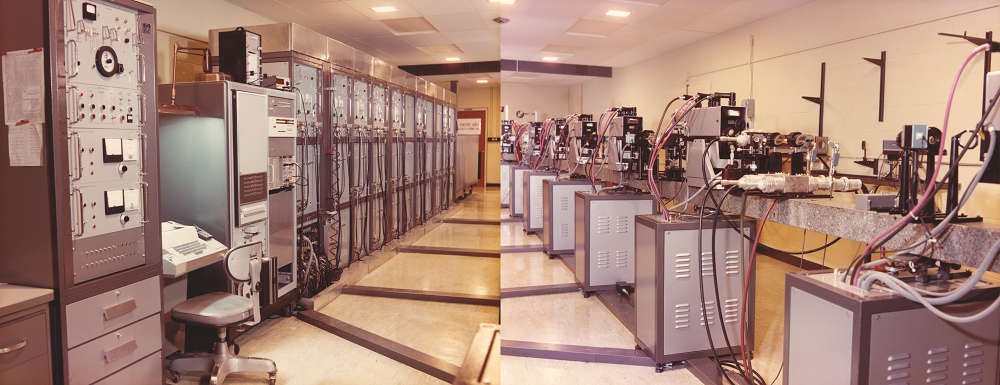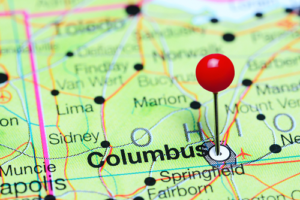Laser Shock Peening: Who? What? Where? When? Why?
If you’re not yet familiar with the basics of Laser Peening, here’s a quick rundown of the Who, What, When, Where and Why of this revolutionary process.
Posted: November 13, 2017
By:

If you’re not yet familiar with the basics of Laser Peening, here’s a quick rundown of the Who, What, When, Where and Why of this revolutionary process.
WHO?
The network of commercial laser peening providers is relatively small. The industry’s flagship provider, LSP Technologies, Inc. (LSPT), 
WHAT?
Laser Peening makes metal parts stronger and more resistant to failure. This occurs through a surface hardening and plastic deformation that inhibits the propagation of fatigue cracks – a major lifetime inhibitor of metal components. Laser Peening prevents cracking on the part surface, and provides a strong protective layer of compressive residual stresses several millimeters deep. This enhancement produces robust components that can operate safely for millions of cycles beyond their original fatigue limit.
WHEN?
Laser Peening has been studied for nearly fifty years, with technological advancements over the last two decades accelerating LSP adoption as a production application. Below are several benchmarks in the evolution of Laser Shock Peening:
1974 – First Laser Peening patent awarded to Phillip Mallozzi and Barry Fairand. Learn more.

1997 – Laser peening solves Foreign Object Damage (FOD) problem for the U.S. Air Force leading to first commercial application on the B-1 bomber. Learn more.
2003 – Laser peening solves fatigue and performance issues for new USAF fighter engine preventing costly redesign and delays.
2009 – Laser peening solves erosion problem on 7F R0 blades and is adopted by the power generation industry with first commercial application on land-based gas turbine components. Learn more.
2015 – First commercial laser peening system unveiled for high-volume production processing. Learn more.
WHERE?
Columbus, Ohio is the epicenter of Laser Shock Peening production work. Columbus is the home of Battelle Memorial Institute, a massive nonprofit organization that played host to the initial investigations of LSP for metal enhancement in the 1970s. In the mid-1990s, a team of Battelle engineers founded LSP Technologies Inc. in nearby Dublin, Ohio, and designed the first production laser peening systems. LSPT is still headquartered in Dublin where the company performs production laser peening and manufactures LSP equipment.
WHY?
Laser Shock Peening is applied for two main reasons: Safety and Savings.
Safety: Laser Peening is the only metal enhancement method powerful enough to prevent catastrophic component failures in critical aerospace applications. LSP is routinely applied to engine blades, wing lugs, and landing gear struts – crucial components whose failure presents a major safety risk for airline passengers and crew.

Still have questions? Check out our FAQ Page or Contact LSPT today.
Interested in Seeing More?
Tell us about your application, material, or failure mechanism and we will have one of our experts reach out to you. Our extensive library of research and years of experience gives us a unique advantage to apply a finite element analysis to help diagnose the best application for your situation.

